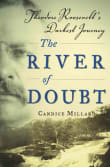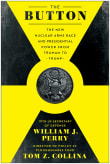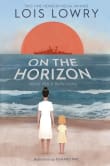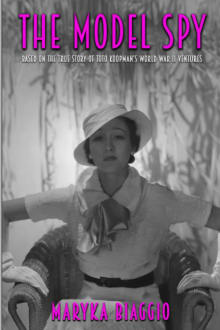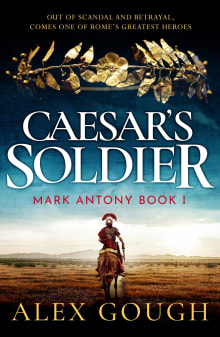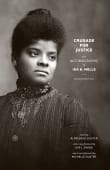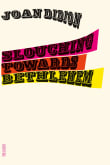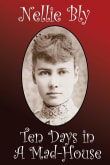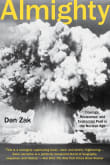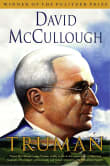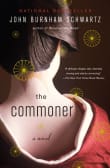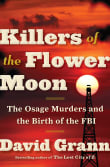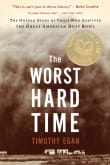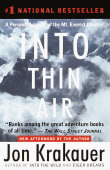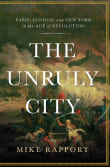Hiroshima
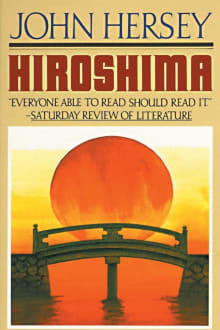
Book description
“One of the great classics of the war" (The New Republic) that tells what happened in Hiroshima through the memories of survivors—from a Pulitzer Prize-winning journalist.
On August 6, 1945, Hiroshima was destroyed by the first atom bomb ever dropped on a city. This book, John Hersey's journalistic masterpiece, tells…
Why read it?
9 authors picked Hiroshima as one of their favorite books. Why do they recommend it?

"Love" is not the right word to describe reading Hiroshima. It's a painful book to read. It's short--originally published in The New Yorker in 1946, and it's important. Before this book, no one really knew about how the atomic bomb affected the people of Hiroshima, and how devastating it was. I read this book because I started reading Fallout by Lesley Blume, about how John Hersey revealed to the world what had happened, and thought I should read Hersey's book first. I was also reading Bradford Morrow's novel Trinity Fields, and stopped that, too, until I read both Hersey and…

I really enjoyed Christopher Nolan’s Academy Award-winning Oppenheimer movie, and this book is the perfect book to read after watching it. Hiroshima was the first widespread account of what Oppenheimer’s creation – the atomic bomb – did to the people of Hiroshima.
Written in the immediate aftermath of the nuclear bombing, Hiroshima tells the story of six men and women who survived amidst the destruction that killed over 100,000 other people. By focusing on these six survivors, Hersey makes the almost unimaginable scale of destruction achingly real and relatable. At one point, he describes "the wounded as silent as the…
From Rhys' list on nuclear war and how to stop it.

Like most high school students, I had read and was horrified by John Hersey’s Hiroshima.
For the longest time after reading Hiroshima, I tried to imagine carbonized bodies and human shadows etched in stone, but it was unimaginable. I stopped imagining; easier, safer not to think about the suffering. But then I met Kent and learned the fascinating stories of his Japanese American parents—his mother was incarcerated in the WWII camps; his father had survived the atomic bombing of his city of Hiroshima.
Since high school, I’ve read Hiroshima many times. Why? To learn from Hersey’s visit to…
From Constance's list on beyond Oppenheimer: the truth, reality, and horror.
If you love Hiroshima...

This is the only non-fiction book on this list, but it reads like a novel.
John Hersey was a journalist who first brought the horrors of exactly what happened in Hiroshima to the American people. He reported on the direct aftermath of the bombing by interviewing survivors just a year after the bomb dropped. Those narratives reveal just how chaotic the aftermath of the bomb was for those who survived.
Though this is non-fiction, it reads like a novel, and you can’t help but feel for the victims of the bombing. As a journalist, I find this work one of…
From Michael's list on reads set in Japan.

You can argue that our modern era began at 8:15 a.m. on August 6, 1945, when an American bomber appeared over Hiroshima, Japan. Nine months later, John Hersey arrived to document the obliteration of the city and 100,000 of its people. His riveting account of the tribulations of six surviving men and women—an office clerk, two clergymen, two doctors, and a tailor—filled an entire issue of the New Yorker magazine in 1946. Hersey makes the atomic bombing intelligible through the confused sensations and actions of these individuals. The 1985 edition includes Hersey’s forty-year postscript on the later lives of the…
From Steven's list on cities at war.

The book surprisingly lacks a gut-punch ending, but Hiroshima is a masterpiece of narrative reconstruction, beginning precisely at 8:15 a.m. on August 6, 1945. That’s when a uranium bomb flattens Hiroshima, Japan, killing 280,000 people and ushering in the Nuclear Age. Nine months later, John Hersey secured permission from the U.S. military to enter the city. He was on the ground only two weeks, but manages to recreate in riveting detail the lives of six survivors, hoping “readers would be able to become the characters enough to suffer some of the pain.”
I own a 1946 first edition; the pages…
From Tom's list on narrative nonfiction on people dealing with mayhem.
If you love John Hersey...

Originally published in the New Yorker, this is a first-hand account by a skillful reporter of the horrifying aftermath of the bombing of Hiroshima. Hershey interviews a selection of survivors and takes his reader into the city to see the devastation that the bomb wrought. Hersey portrays the resilience of the Japanese people and their ability to come together as a community to face the unimaginable with courage and resolve.
From Loren's list on the traditional and modern Japanese mind.

It is a rare and wondrous thing when a book can at once inform and move you. Author John Hersey grips readers with his narrative style, by elegantly weaving together personal stories and key information. The result is a book that causes one to both think and feel.
An invaluable contribution to the vast library of World War II works and one of my all-time favorite reads.
From Denise's list on The Manhattan Project and the making of the atomic bomb.

When young reporters ask for an example of great journalism, I hand them a copy of John Hersey’s Hiroshima. There is no better example of great reporting and great storytelling than this one.
In 1946, Hersey slipped into Japan and interviewed survivors of the Hiroshima bombing. He told the story through six of them. The article filled the entire New Yorker, which sold out at newsstands. ABC pre-empted its radio schedule to broadcast a reading of the entire piece. Later that year, Alfred A. Knopf published the article in book form, which has sold more than 3 million…
From Jerry's list on learning about investigative reporting.
If you love Hiroshima...
Want books like Hiroshima?
Our community of 12,000+ authors has personally recommended 100 books like Hiroshima.





